Mint is one of those herbs you can quickly identify because of its spicy and fresh aroma. We must say that growing mint is somewhat easy, especially if you know what to do. So, do you know how to overwinter mint? If not, you can leave it to us! We have already found the answer on the internet.
To overwinter mint, you must move the potted plants indoors. Cut outdoor mint plants back to the ground and apply mulch or leaves.
Keeping your mint plants alive during winter is straightforward since you can't easily harm and kill this herb. Please keep reading to know a more detailed process of overwintering your mint. We'll also provide you with all the information on how to take good care of this plant.
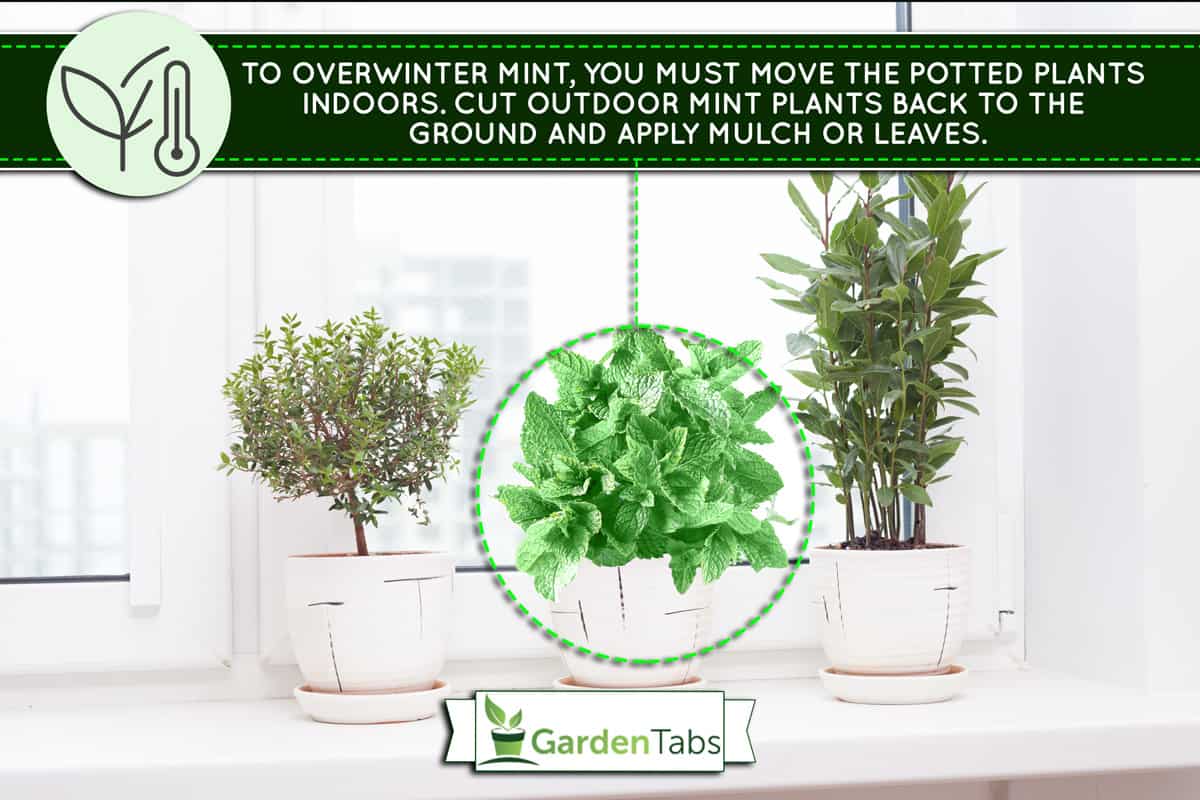
Overwintering Mint
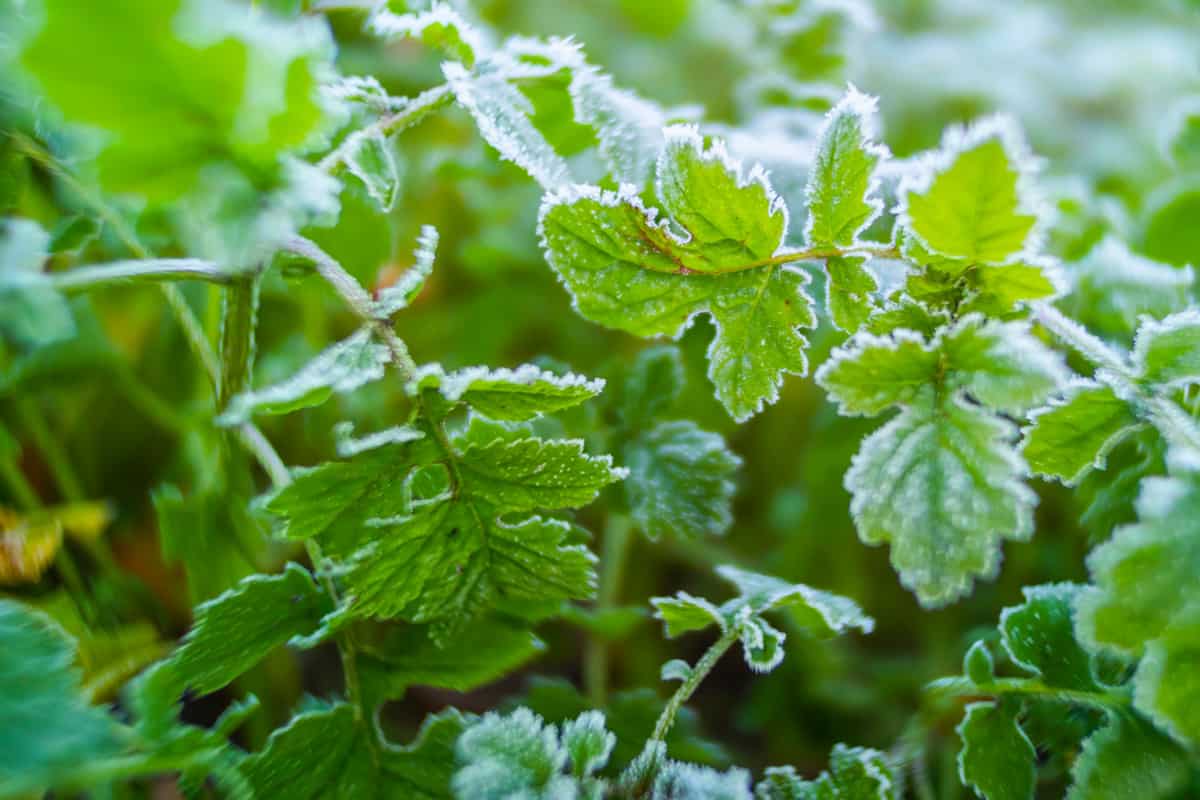
Even in cold weather, you'll find mint plants hard to kill. However, if you have your mint herbs outdoors, cutting them back to the ground would be best. Once you finish, you must cover them with mulch or leaves and wait until spring to remove them.
Before the risk of frost, we highly suggest moving the potted mint inside your house for the winter. There are three key steps to care for your mint plants during winter, and they are:
- Place the mint pot in a well-lit place
- Give them enough water, yet, avoid making the soil too soggy.
- Check them frequently for pests and diseases
How To Properly Care For Mint Plants
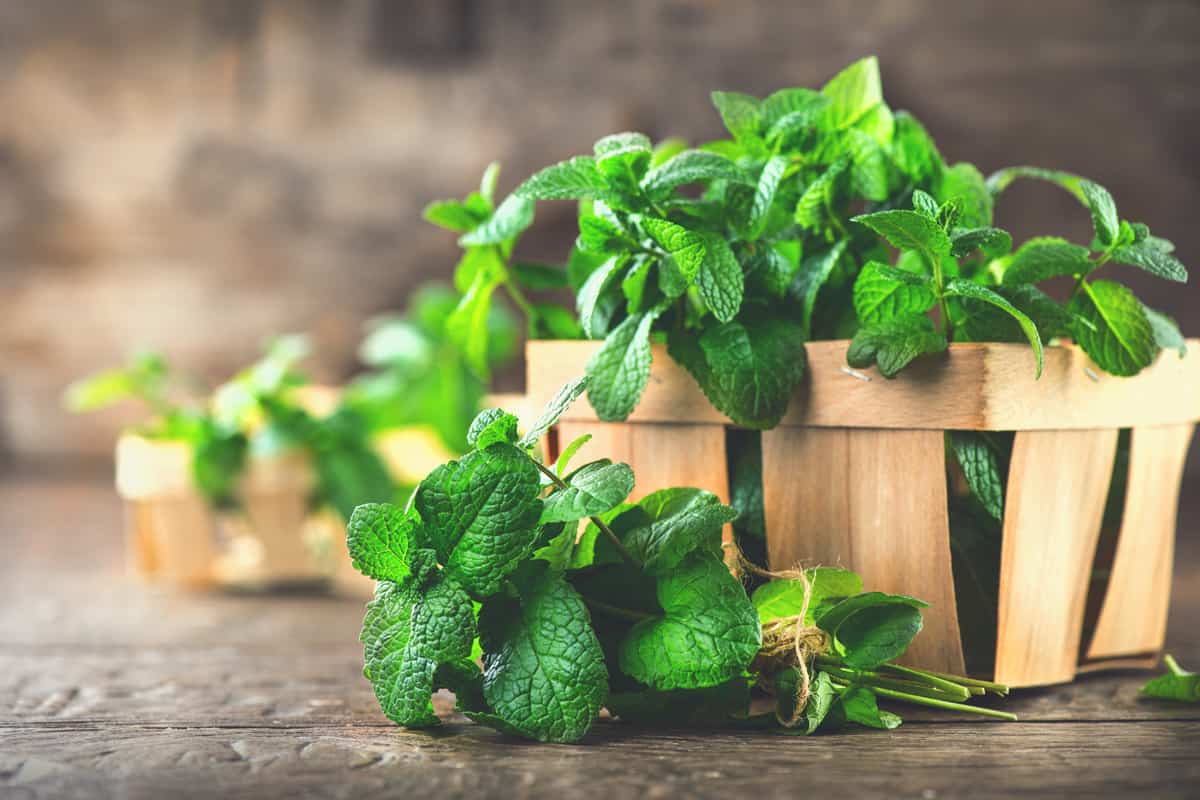
If you don't know how to grow the mint plants properly, you can relax and leave it to us! We will provide you with all the details below.
Correct Soil Type
If you want to make your mint plant grow at its finest, it would be best to provide it with rich soil. It thrives in soil with a pH of slightly acidic to neutral. However, it is still adaptable to a variety of soil types.
Additionally, it is also crucial to have well-draining soil. Mint herbs enjoy moisture, but you have to be careful and don't make it waterlogged because if this happens, it will produce root rot.
Adequate Lighting
Keep in mind that mint plants do best in partial shade. Although you can still place them under full sun, be sure to water them regularly. However, it is suggested not to give them the intense afternoon sun.
Mint plants can also thrive in shady situations but may become leggy and produce fewer or tasteless leaves.
Enough Watering
Maintain slight moistness in the soil of your mint plants by watering them during dry periods. They will grow healthy and, at best, if you keep the soil damp but not waterlogged.
Try to poke your finger into the soil; if it's dry an inch down, it is time to water your mint. In addition, if you notice that the leaves are wilting, that is a common indicator that you need to feed it with water.
If you want your mint to thrive all day long, despite the high temperature, it would be best to water it first thing in the morning.
Check For Temperature And Humidity
For instance, the peppermint variety can survive in USDA hardiness zone 3, despite the low temperatures there. On the other hand, spearmint can thrive in heat in USDA hardiness zone 11.
Feeding Some Fertilizer
From spring to fall, check your mint plants if the soil is deficient in nutrients. Suppose your mint is in a pot or has nutrient-poor soil; applying a balanced, all-purpose fertilizer from when plants emerge in the spring until fall would be best. However, fertilizing your mint plant is unnecessary if you already have healthy soil in your yard.
How To Plant Mint

We highly suggest keeping your mint in a separate area of your garden from your other plants. It is because it tends to take over an entire bed and get all the nutrients if given a chance. Planting it in pots is also a good idea if you don't want this to happen.
Moreover, planting your mint in cracks in the sidewalk or between rocks in heavily traveled areas will allow the fragrant leaves to disperse with each step.
Ideal Time To Plant
It would be best to plant mint in the ground during spring once there is no longer a risk of frost. Also, the rain that falls in the spring is beneficial to mint.
Choosing Where To Plant
If you intend to plant your mint directly in the ground, it would be best to select a location where it will have enough room to grow without leading to any complications.
The ideal environment for growing mint is consistently cool and damp, has soil that drains well, and is either in full sun or some partial shade.
Furthermore, you must keep in mind that mint does best when grown in rich, fertile soil. We highly suggest adding compost to make it the most advantageous soil for your mint plants.
Support, Depth, and Spacing
We suggest spacing cuttings or newly acquired tiny mint plants anywhere from 18 to 24 inches apart. Due to the fast growth of mint, it would be best to only plant two to cover a few feet of land.
In addition, since the root system of mint is too shallow, there's no need to dig down too deep. Excavate just enough to set the plant down and let its roots spread out.
Also, the most important thing you can do for your mint plant in terms of maintenance is to prune it so its runners don't end up in unwelcome locations.
If you don't want your mint to spread too widely, you can either grow it in a container or surround the area with edging and bury it into the soil up to 24 inches deep.
How To Grow Mint Herbs In Pots

Growing mint in pots is a popular option among gardeners. The ideal pot is one made of unglazed clay with a sufficient number of drainage holes. This type of container is perfect because it permits the extra moisture from the soil to drain from the hole and the pot walls.
Check out terra cotta pots on Amazon.
Moreover, you must be careful where to place the pots because mint stems that come in contact with the soil around them could take roots.
The best location for the pot is on a patio or other paved area. Lastly, you can prevent the roots of your mint from growing out of the pot. All you have to do is cover the drainage holes on the bottom of the pot with two layers of landscaping cloth.
How To Prune Mint
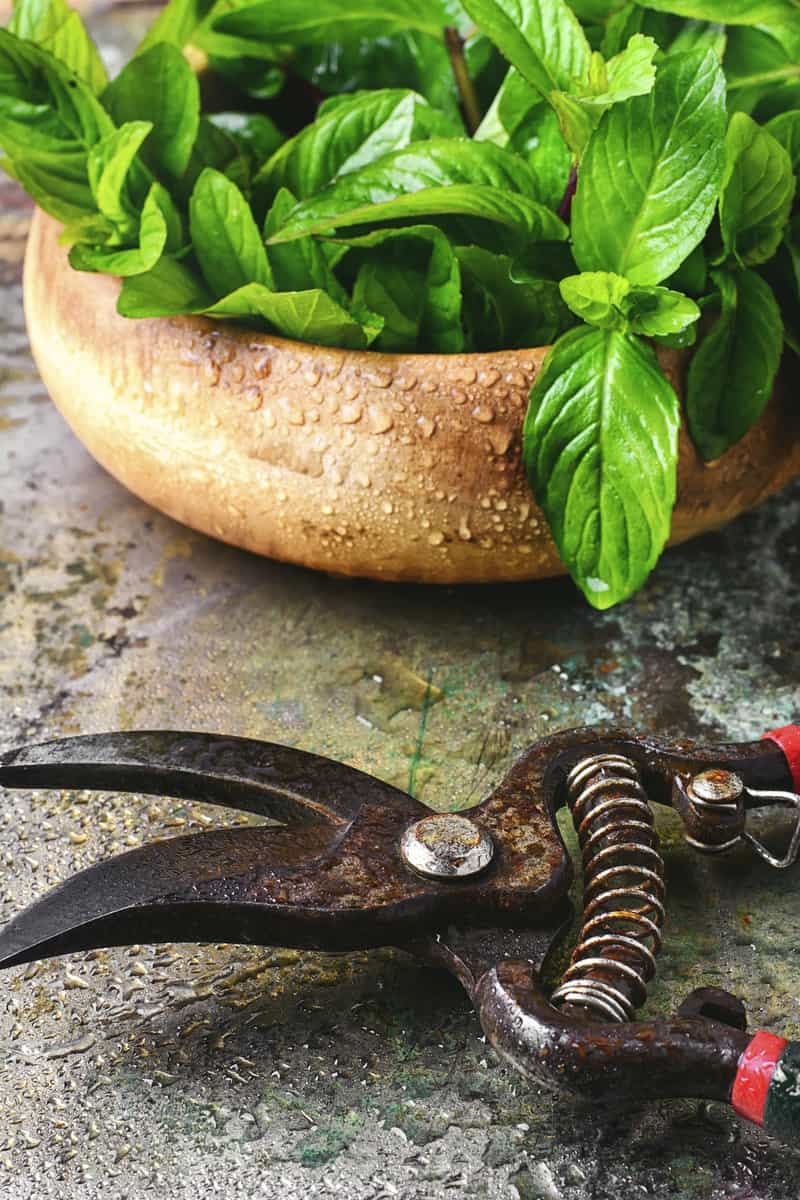
The mint plant grows best as a ground cover. By cutting back its stems, you can produce a growth habit that is both bushier and more visually appealing.
If you don't want to perform regular pruning to keep your mint plants manageable, you can always plant them in containers. Just follow the methods we discussed above.
How To Propagate Mint
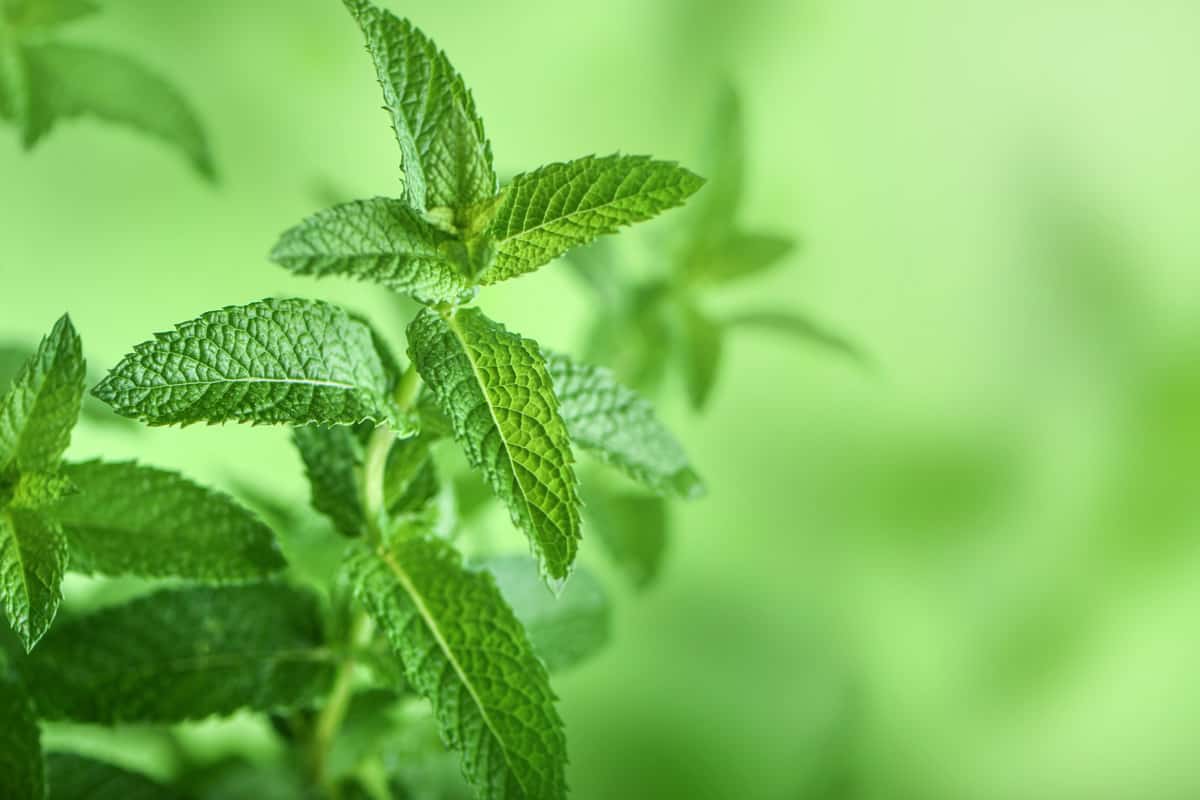
Below are the methods on how to do it:
- Use disinfected pruning shears or scissors to cut a portion of a healthy stem that is between four and six inches in length.
- Take the leaves off of the lower portion of the mint stem.
- After that, we suggest putting the stem into either a jar of water or a tiny planting container filled with damp potting mix.
- Place the pot where it can get a lot of bright yet indirect sunshine.
- If you have chosen to put the stem into a container of water, it would be best to replace the water every few days. Doing so will maintain the water fresh.
- If you establish the mint stem in potting soil, moistening it just enough would help keep it healthy.
You'll know that new roots have been established if you try to tug on the stem and feel some resistance. Once this happens, you can transfer the mint plant into another container or the ground.
It's A Wrap!
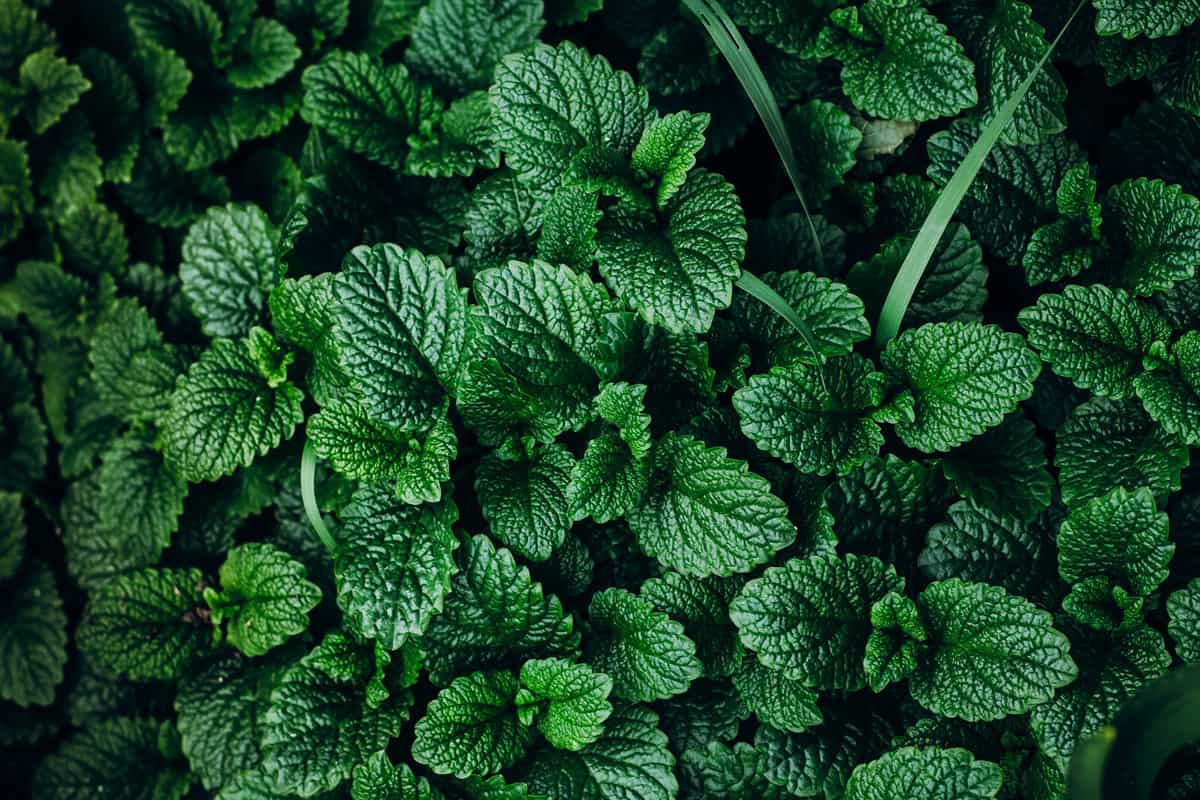
As you can see, overwintering your mint plant is not as difficult as you imagine. You have to gain enough knowledge of handling this herb, and you're good to go! And now that you have learned everything about it, you can enjoy growing and taking care of it.
We hope this post answers all of your queries. If you wish to continue reading, you can visit our website and find posts that might interest you, or you can check these out!
How To Overwinter Gardenia – In Pots And In Ground


